About the Editors
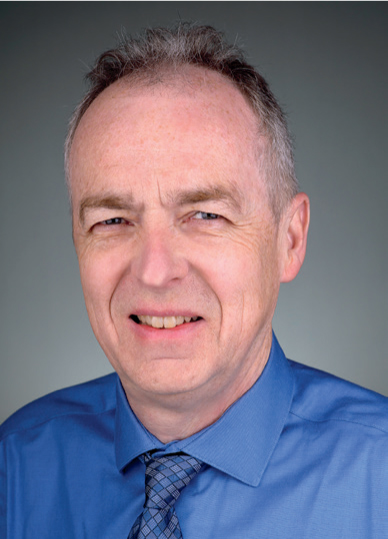 Richard J. Lamont received a bachelor of science degree in bacteriology from the University of Edinburgh and a doctorate from the University of Aberdeen in 1985. After a postdoctoral fellowship at the University of Pennsylvania, focusing on streptococcal adherence mechanisms, he joined the faculty at the University of Washington in 1989 and progressed through the ranks to Professor of Oral Biology in 1998. He is currently the Delta Dental Endowed Professor and chair of the Department of Oral Immunology and Infectious Diseases at the University of Louisville. His research interests include the molecular mechanisms of polymicrobial synergy and the cellular interactions between oral bacteria and the host epithelium. He has taught microbiology and immunology to dental students and residents for over 30 years.
Richard J. Lamont received a bachelor of science degree in bacteriology from the University of Edinburgh and a doctorate from the University of Aberdeen in 1985. After a postdoctoral fellowship at the University of Pennsylvania, focusing on streptococcal adherence mechanisms, he joined the faculty at the University of Washington in 1989 and progressed through the ranks to Professor of Oral Biology in 1998. He is currently the Delta Dental Endowed Professor and chair of the Department of Oral Immunology and Infectious Diseases at the University of Louisville. His research interests include the molecular mechanisms of polymicrobial synergy and the cellular interactions between oral bacteria and the host epithelium. He has taught microbiology and immunology to dental students and residents for over 30 years.
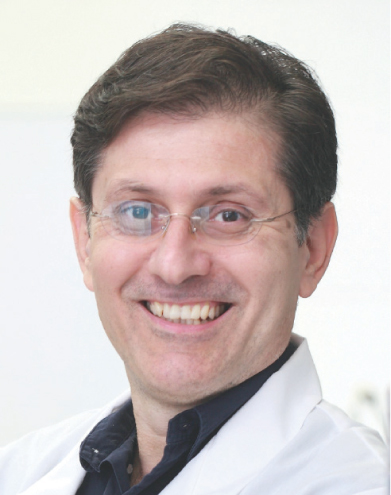 George N. Hajishengallis was originally trained as a dentist (DDS, 1989, University of Athens, Greece) before pursuing doctoral studies in cellular and molecular biology (PhD, 1994, University of Alabama at Birmingham). His postdoctoral training combined research in mucosal immunology (University of Alabama at Birmingham) and periodontal disease pathogenesis (State University of New York at Buffalo). He has held faculty appointments at the Louisiana State University and the University of Louisville. He is currently the Thomas W. Evans Centennial Professor at the University of Pennsylvania, School of Dental Medicine, Department of Microbiology. His field of interest lies at the host-microbe interface, focusing on mechanisms of periodontal immunopathogenesis and inflammation. He has taught microbiology and immunology to dental students and residents for over 20 years.
George N. Hajishengallis was originally trained as a dentist (DDS, 1989, University of Athens, Greece) before pursuing doctoral studies in cellular and molecular biology (PhD, 1994, University of Alabama at Birmingham). His postdoctoral training combined research in mucosal immunology (University of Alabama at Birmingham) and periodontal disease pathogenesis (State University of New York at Buffalo). He has held faculty appointments at the Louisiana State University and the University of Louisville. He is currently the Thomas W. Evans Centennial Professor at the University of Pennsylvania, School of Dental Medicine, Department of Microbiology. His field of interest lies at the host-microbe interface, focusing on mechanisms of periodontal immunopathogenesis and inflammation. He has taught microbiology and immunology to dental students and residents for over 20 years.
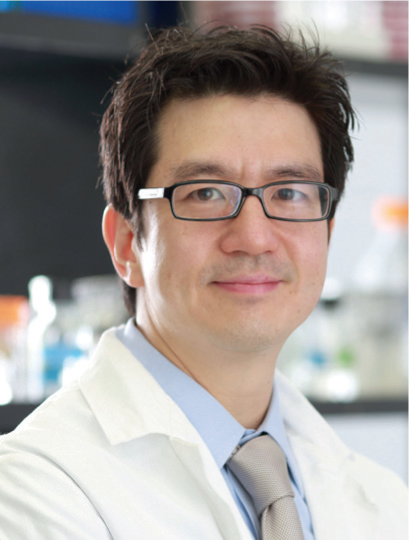 Hyun (Michel) Koo was trained as a dentist (State University of Sao Paulo, Brazil) before completing his PhD studies in oral biology and microbiology jointly at the State University of Campinas, Brazil, and the University of Rochester Medical Center, Rochester, NY. He pursued his postdoctoral training at the University of Rochester and later joined the faculty there. He is currently Professor and Director of Biofilm Research, Department of Orthodontics, Divisions of Pediatric Dentistry and Community of Oral Health, at the School of Dental Medicine, University of Pennsylvania, Philadelphia. His research interests are focused on the relationship between biofilms and oral diseases, bacterial-fungal interactions, and novel therapeutic strategies that effectively control biofilm-associated infections. He has taught oral microbiology, oral biology, and cariology for over 15 years.
Hyun (Michel) Koo was trained as a dentist (State University of Sao Paulo, Brazil) before completing his PhD studies in oral biology and microbiology jointly at the State University of Campinas, Brazil, and the University of Rochester Medical Center, Rochester, NY. He pursued his postdoctoral training at the University of Rochester and later joined the faculty there. He is currently Professor and Director of Biofilm Research, Department of Orthodontics, Divisions of Pediatric Dentistry and Community of Oral Health, at the School of Dental Medicine, University of Pennsylvania, Philadelphia. His research interests are focused on the relationship between biofilms and oral diseases, bacterial-fungal interactions, and novel therapeutic strategies that effectively control biofilm-associated infections. He has taught oral microbiology, oral biology, and cariology for over 15 years.
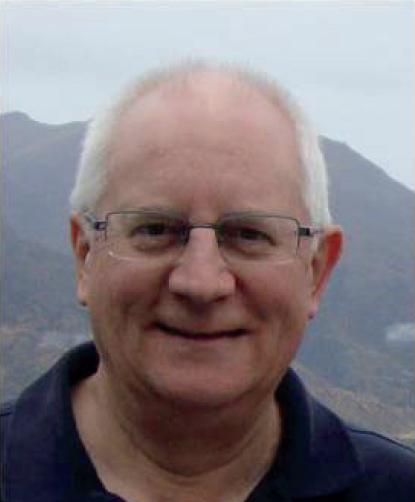 Howard F. Jenkinson received his bachelors degree in microbiology and virology from the University of Warwick, England. He completed his PhD training in 1978 at the University of Nottingham. He worked at the University of Oxford for 5 years as a postdoctoral researcher on the biochemistry and genetics of sporulation in Bacillus subtilis . He was appointed Lecturer in Oral Biology at the University of Otago, New Zealand, in 1983 and rose to Professor of Molecular Oral Biology at Otago (1996). He was a visiting Commonwealth Medical Fellow at the Department of Biochemistry, University of Cambridge (19891990), and at the Institute of Molecular Medicine, University of Oxford (19951996). In 1997, he moved to the University of Bristol, England, as Professor and Chair of Oral Microbiology. At the end of 2016 he retired from full-time academics and was awarded the title of Professor Emeritus. His research interests have included the genetics and biochemistry of microbial cell surfaces, principally streptococci and Candida , intermicrobial interactions, polymicrobial communities, and infective cardiovascular disease. He taught molecular microbiology and biochemistry to dental, medical, and basic sciences students for over 30 years.
Howard F. Jenkinson received his bachelors degree in microbiology and virology from the University of Warwick, England. He completed his PhD training in 1978 at the University of Nottingham. He worked at the University of Oxford for 5 years as a postdoctoral researcher on the biochemistry and genetics of sporulation in Bacillus subtilis . He was appointed Lecturer in Oral Biology at the University of Otago, New Zealand, in 1983 and rose to Professor of Molecular Oral Biology at Otago (1996). He was a visiting Commonwealth Medical Fellow at the Department of Biochemistry, University of Cambridge (19891990), and at the Institute of Molecular Medicine, University of Oxford (19951996). In 1997, he moved to the University of Bristol, England, as Professor and Chair of Oral Microbiology. At the end of 2016 he retired from full-time academics and was awarded the title of Professor Emeritus. His research interests have included the genetics and biochemistry of microbial cell surfaces, principally streptococci and Candida , intermicrobial interactions, polymicrobial communities, and infective cardiovascular disease. He taught molecular microbiology and biochemistry to dental, medical, and basic sciences students for over 30 years.
10.1128/9781555819996.Ch01
General Microbiology
H OWARD F. J ENKINSON
INTRODUCTION
Antonie van Leeuwenhoek was a Dutch scientist who made the first microscopic observations of bacteria and microorganisms, which he named animalcules. In 1683, van Leeuwenhoek scraped material from his own teeth, describing a little white matter, which is as thick as if twere batter. He wrote, I then most always sawthat in the said matter there were many very little living animalcules. When observing a sample from an old man who had not cleaned his teeth, van Leeuwenhoek found an unbelievably great company of living animalcules, a-swimming more nimbly than any I had ever seen up to this time. These observations of dental plaque were among the first recorded sightings of live bacteria. Nowadays, we appreciate that the human oral cavity is a highly dynamic ecosystem that supports the life of a tremendous number of very diverse microorganisms. In fact, there are roughly a million bacteria present per milliliter of saliva. These bacteria have been shed from the surfaces of hard or soft tissues of the oral cavity and nasopharynx, on which they normally grow, and they multiply in retained pools of saliva. The use of conventional microbiological techniques, coupled with new more sophisticated and sensitive technologies in molecular biology, has helped gain an appreciation for the enormous diversity in the oral microbiota. Recent estimates suggest that there are 700 to 1,000 different species of bacteria that may be found in the oral cavity. Better understanding of the genetics, physiology, and biochemistry of the oral microbiota has revealed that the normal microbial colonizers are a critical component in oral health, and that oral ecology plays a major role in the development of diseases.
To comprehend how oral microorganisms persist and, under certain circumstances, cause disease, it is necessary to have knowledge of the structure, function, and biological activities of the oral microbiota. Why? Recognition of the structural components of a microorganism is important because determinants on the cell surface, such as adhesin proteins, dictate which tissues the organisms can colonize. In addition, many components that contribute to the ability of the organisms to cause disease and damage host tissues, such as enzymes and polysaccharides, are located on the cell surface. It is also important to have an appreciation for the wide variety of biological and biochemical activities that oral microorganisms possess. The metabolic capabilities of the cells, such as their abilities to degrade the substances secreted into saliva and ingested in the diet, are of major importance in oral health and disease. How effectively microorganisms utilize the available nutrients determines whether the organisms will establish and compete effectively at particular sites in the mouth. Moreover, the end products of metabolism of these nutrients, such as organic acids, have harmful effects on the tissues of the mouth. The following sections of this chapter highlight key features of the classification, structure, and functions of bacteria. The aim is to provide a foundation for the more detailed descriptions of oral microbes, oral microbial ecology, growth of the oral microbiota, and the virulence mechanisms used by oral pathogens that are presented in the following chapters.
Next page

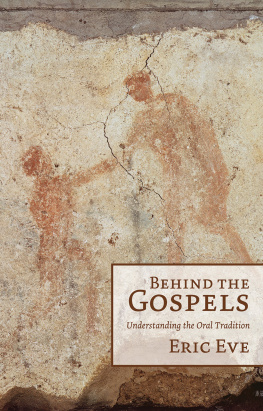
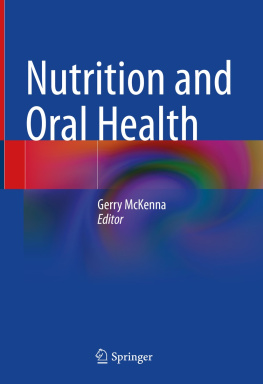
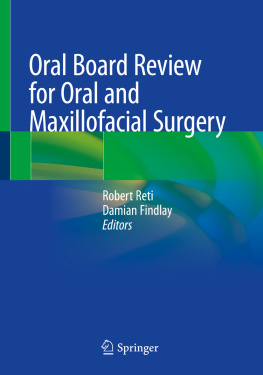
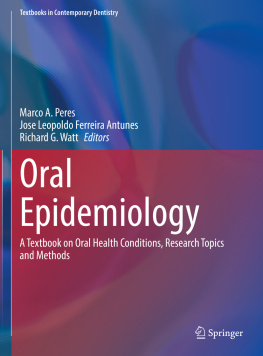
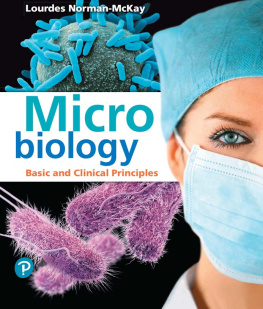
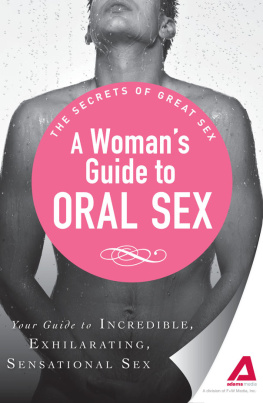
 Richard J. Lamont received a bachelor of science degree in bacteriology from the University of Edinburgh and a doctorate from the University of Aberdeen in 1985. After a postdoctoral fellowship at the University of Pennsylvania, focusing on streptococcal adherence mechanisms, he joined the faculty at the University of Washington in 1989 and progressed through the ranks to Professor of Oral Biology in 1998. He is currently the Delta Dental Endowed Professor and chair of the Department of Oral Immunology and Infectious Diseases at the University of Louisville. His research interests include the molecular mechanisms of polymicrobial synergy and the cellular interactions between oral bacteria and the host epithelium. He has taught microbiology and immunology to dental students and residents for over 30 years.
Richard J. Lamont received a bachelor of science degree in bacteriology from the University of Edinburgh and a doctorate from the University of Aberdeen in 1985. After a postdoctoral fellowship at the University of Pennsylvania, focusing on streptococcal adherence mechanisms, he joined the faculty at the University of Washington in 1989 and progressed through the ranks to Professor of Oral Biology in 1998. He is currently the Delta Dental Endowed Professor and chair of the Department of Oral Immunology and Infectious Diseases at the University of Louisville. His research interests include the molecular mechanisms of polymicrobial synergy and the cellular interactions between oral bacteria and the host epithelium. He has taught microbiology and immunology to dental students and residents for over 30 years. George N. Hajishengallis was originally trained as a dentist (DDS, 1989, University of Athens, Greece) before pursuing doctoral studies in cellular and molecular biology (PhD, 1994, University of Alabama at Birmingham). His postdoctoral training combined research in mucosal immunology (University of Alabama at Birmingham) and periodontal disease pathogenesis (State University of New York at Buffalo). He has held faculty appointments at the Louisiana State University and the University of Louisville. He is currently the Thomas W. Evans Centennial Professor at the University of Pennsylvania, School of Dental Medicine, Department of Microbiology. His field of interest lies at the host-microbe interface, focusing on mechanisms of periodontal immunopathogenesis and inflammation. He has taught microbiology and immunology to dental students and residents for over 20 years.
George N. Hajishengallis was originally trained as a dentist (DDS, 1989, University of Athens, Greece) before pursuing doctoral studies in cellular and molecular biology (PhD, 1994, University of Alabama at Birmingham). His postdoctoral training combined research in mucosal immunology (University of Alabama at Birmingham) and periodontal disease pathogenesis (State University of New York at Buffalo). He has held faculty appointments at the Louisiana State University and the University of Louisville. He is currently the Thomas W. Evans Centennial Professor at the University of Pennsylvania, School of Dental Medicine, Department of Microbiology. His field of interest lies at the host-microbe interface, focusing on mechanisms of periodontal immunopathogenesis and inflammation. He has taught microbiology and immunology to dental students and residents for over 20 years. Hyun (Michel) Koo was trained as a dentist (State University of Sao Paulo, Brazil) before completing his PhD studies in oral biology and microbiology jointly at the State University of Campinas, Brazil, and the University of Rochester Medical Center, Rochester, NY. He pursued his postdoctoral training at the University of Rochester and later joined the faculty there. He is currently Professor and Director of Biofilm Research, Department of Orthodontics, Divisions of Pediatric Dentistry and Community of Oral Health, at the School of Dental Medicine, University of Pennsylvania, Philadelphia. His research interests are focused on the relationship between biofilms and oral diseases, bacterial-fungal interactions, and novel therapeutic strategies that effectively control biofilm-associated infections. He has taught oral microbiology, oral biology, and cariology for over 15 years.
Hyun (Michel) Koo was trained as a dentist (State University of Sao Paulo, Brazil) before completing his PhD studies in oral biology and microbiology jointly at the State University of Campinas, Brazil, and the University of Rochester Medical Center, Rochester, NY. He pursued his postdoctoral training at the University of Rochester and later joined the faculty there. He is currently Professor and Director of Biofilm Research, Department of Orthodontics, Divisions of Pediatric Dentistry and Community of Oral Health, at the School of Dental Medicine, University of Pennsylvania, Philadelphia. His research interests are focused on the relationship between biofilms and oral diseases, bacterial-fungal interactions, and novel therapeutic strategies that effectively control biofilm-associated infections. He has taught oral microbiology, oral biology, and cariology for over 15 years. Howard F. Jenkinson received his bachelors degree in microbiology and virology from the University of Warwick, England. He completed his PhD training in 1978 at the University of Nottingham. He worked at the University of Oxford for 5 years as a postdoctoral researcher on the biochemistry and genetics of sporulation in Bacillus subtilis . He was appointed Lecturer in Oral Biology at the University of Otago, New Zealand, in 1983 and rose to Professor of Molecular Oral Biology at Otago (1996). He was a visiting Commonwealth Medical Fellow at the Department of Biochemistry, University of Cambridge (19891990), and at the Institute of Molecular Medicine, University of Oxford (19951996). In 1997, he moved to the University of Bristol, England, as Professor and Chair of Oral Microbiology. At the end of 2016 he retired from full-time academics and was awarded the title of Professor Emeritus. His research interests have included the genetics and biochemistry of microbial cell surfaces, principally streptococci and Candida , intermicrobial interactions, polymicrobial communities, and infective cardiovascular disease. He taught molecular microbiology and biochemistry to dental, medical, and basic sciences students for over 30 years.
Howard F. Jenkinson received his bachelors degree in microbiology and virology from the University of Warwick, England. He completed his PhD training in 1978 at the University of Nottingham. He worked at the University of Oxford for 5 years as a postdoctoral researcher on the biochemistry and genetics of sporulation in Bacillus subtilis . He was appointed Lecturer in Oral Biology at the University of Otago, New Zealand, in 1983 and rose to Professor of Molecular Oral Biology at Otago (1996). He was a visiting Commonwealth Medical Fellow at the Department of Biochemistry, University of Cambridge (19891990), and at the Institute of Molecular Medicine, University of Oxford (19951996). In 1997, he moved to the University of Bristol, England, as Professor and Chair of Oral Microbiology. At the end of 2016 he retired from full-time academics and was awarded the title of Professor Emeritus. His research interests have included the genetics and biochemistry of microbial cell surfaces, principally streptococci and Candida , intermicrobial interactions, polymicrobial communities, and infective cardiovascular disease. He taught molecular microbiology and biochemistry to dental, medical, and basic sciences students for over 30 years.